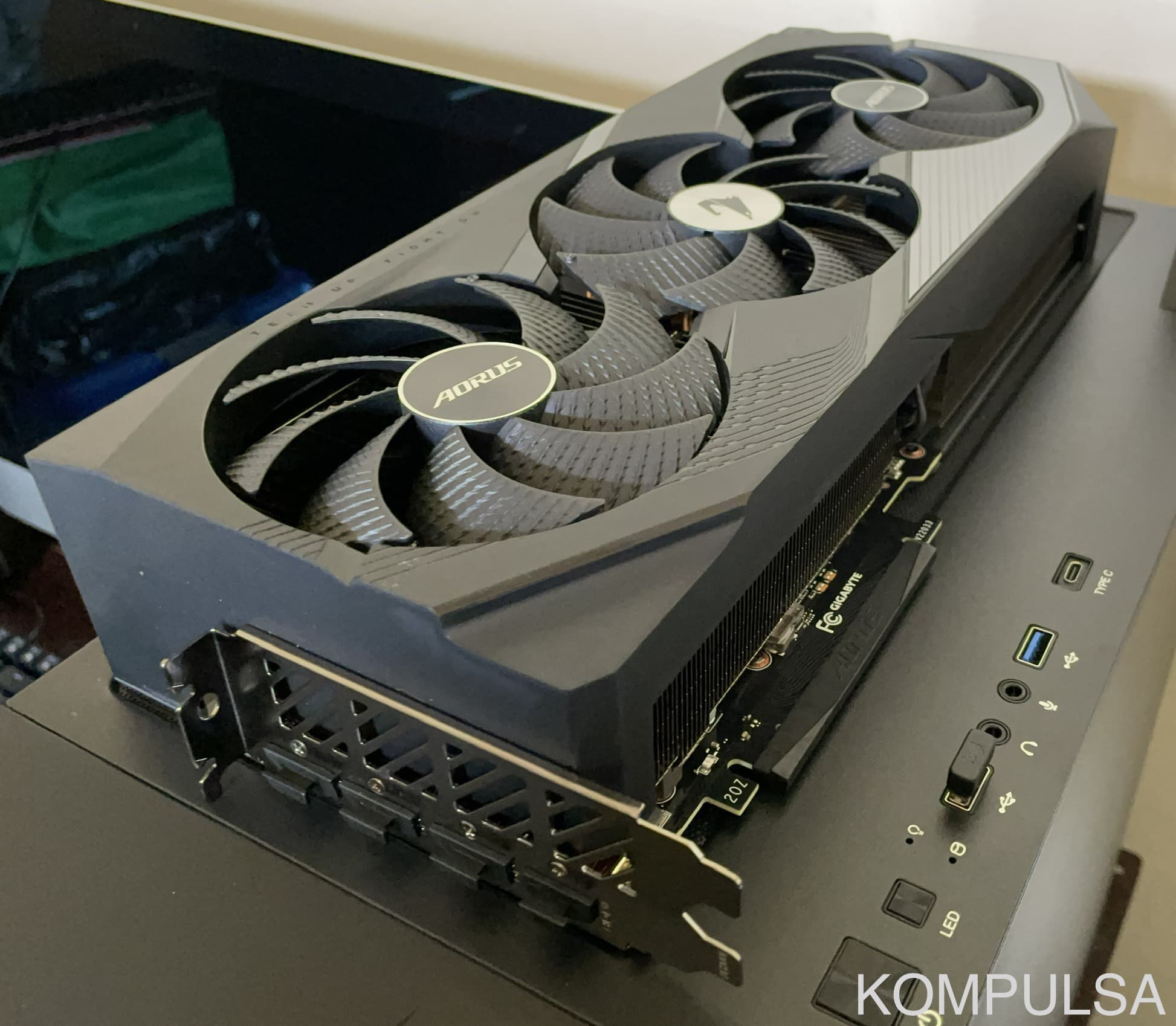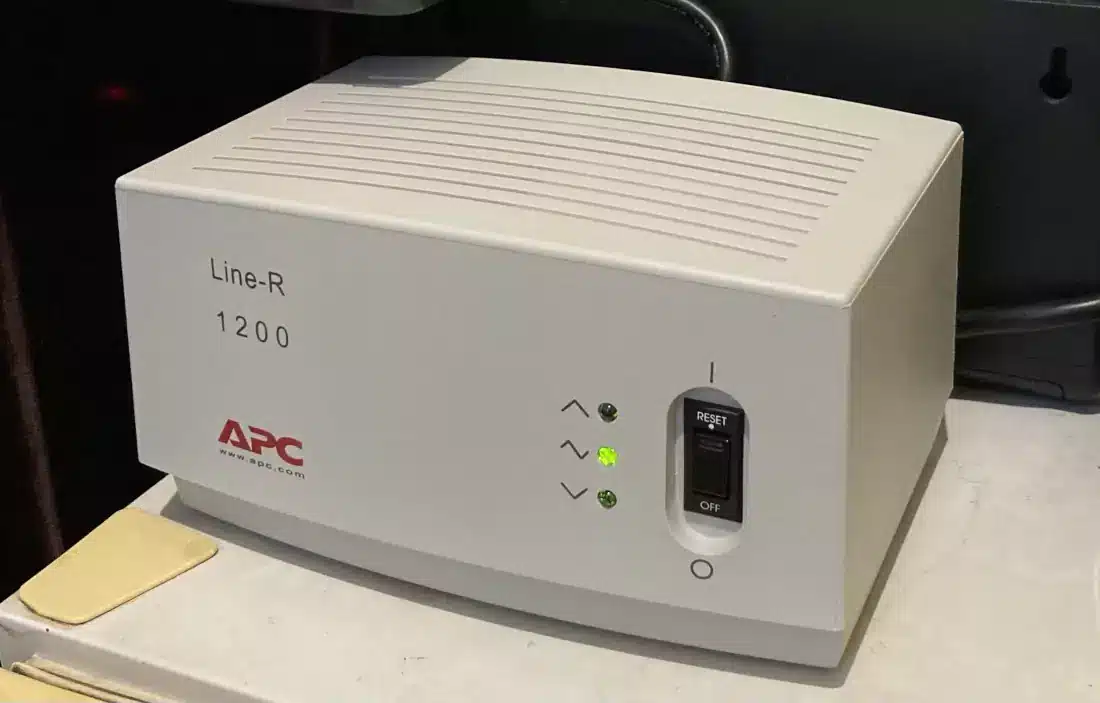If you’re shopping in an electronics store for surge protection and see several different surge protectors varying widely in size and price, welcome to the club! There are different types of surge protection and some are more advanced than others. An Automatic Voltage Regulator (AVR) is a device that keeps line voltage (the voltage at your power outlet) within a certain range.
An AVR is likely to have surge protection built in. However, it’s worth noting that a surge is excessively high voltage. That high voltage is something that an AVR is built to address using step-down transformers or buck converters. An AVR actively protects your computer, TV, stereo, and other electronics by monitoring the voltage coming from your power outlet and using a relay (electrically controlled switch) to reroute it through one of multiple voltage regulation circuits.
Some AVRs will allow you to set a preferred voltage with a switch at the back. For example: 110V, 120V, 127V. The AVR will try to keep the line voltage close to your setting. An AVR can increase the lifespan of your electronics by protecting them from the damage that could be caused by brownouts or high voltages. This makes AVRs a more rounded form of protection overall.
Cheap surge protectors utilize passive devices such as Metal Oxide Varistors (MOV), which are heated up by a power surge. The resulting elevated PTC temperature increases its resistance to the flow of electric current, thereby suppressing the surge. This increased resistance also causes a voltage drop (reduces the voltage). These protectors don’t address brownouts.








